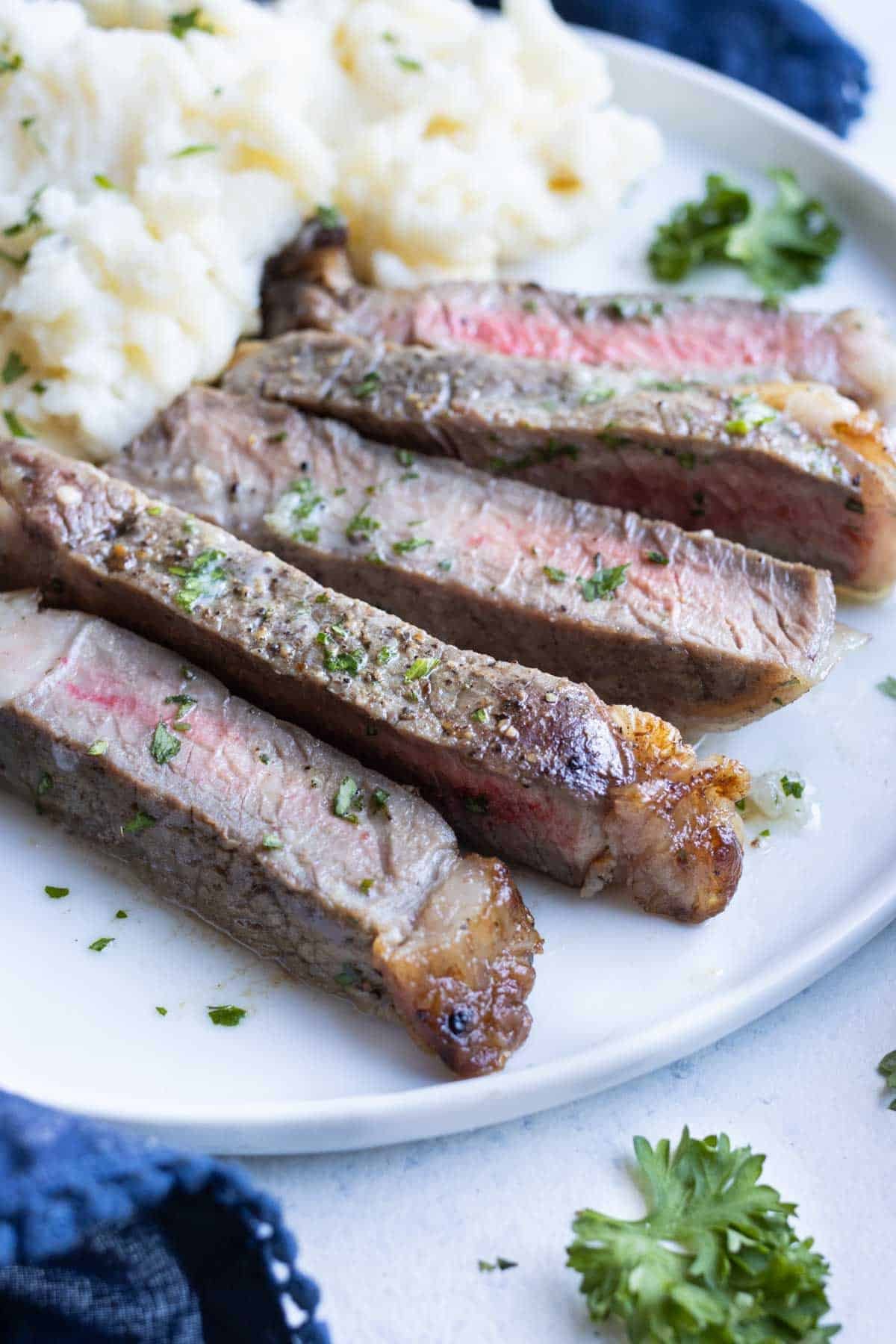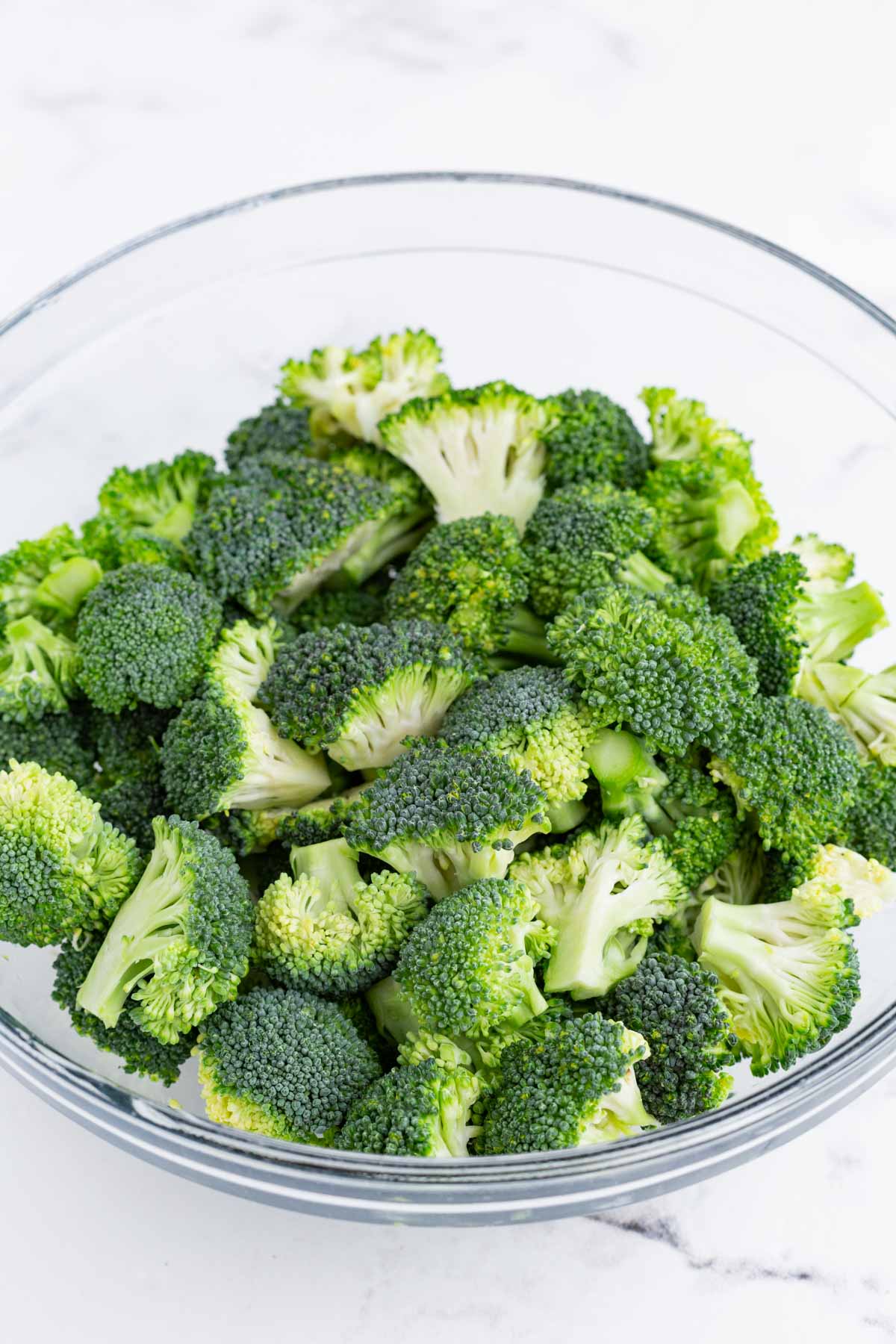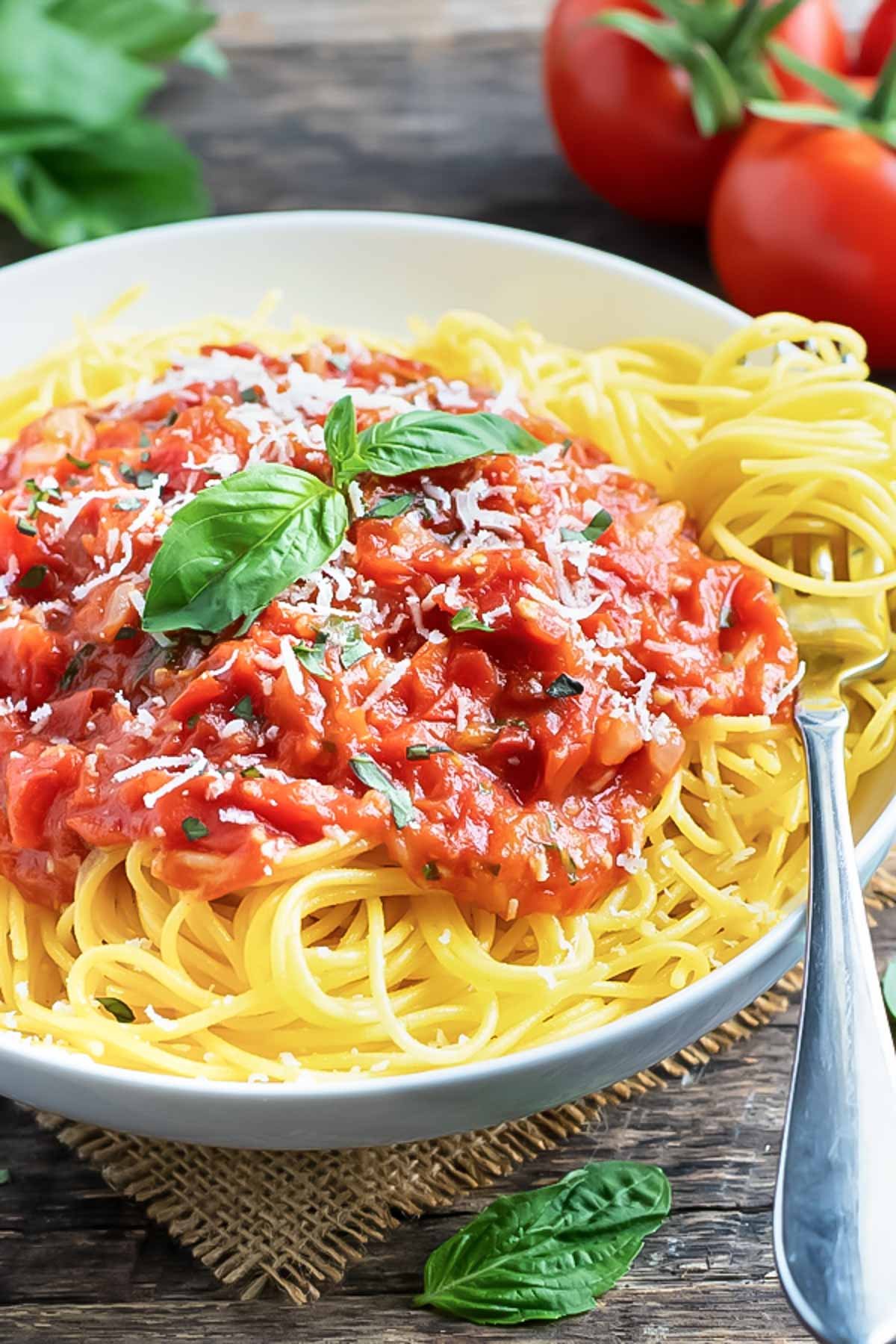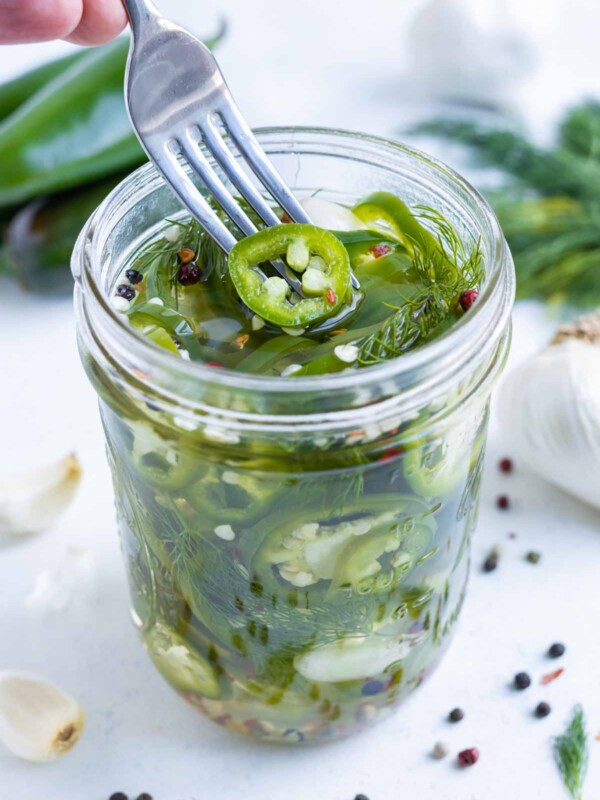What is umami and why is it such a big deal? Learn all things umami here by understanding where it comes from, its characteristics, and how to incorporate it in your diet (which you might already be doing). Don’t forget to try out the umami-rich recipes towards the end that will soon become your favorite go-to’s!

What is umami?
Umami is classified as the fifth taste, often—but not always—characterized as a meaty or savory flavor. The other four tastes include sweet, savory, bitter, and sour.
Umami is the mouthwatering flavor our tastebuds crave that enhances the overall taste experience of food. When you eat something with umami, your taste buds signal to your brain that you’ve consumed the amino acid proteins glutamate, inosinate, or guanylate.
Unlike sweet and sour, which we often taste on one part of our tongue, umami is experienced throughout the whole mouth. This gives the sensation of the food’s flavor lasting longer, making you crave it more. That pleasant savory taste also promotes salivation for a longer period of time, which allows your body to process food smoothly.
Much of our experience of flavor comes from our brain signaling to us what different foods contain. For example, when you taste something sweet, your taste buds alert your brain that you are consuming carbohydrates, which give you energy. Or, when you taste something bitter, your taste buds signal to your brain that you might potentially be eating something toxic.
How was umami discovered?
Umami was discovered over 100 years ago by a Japanese scientist, Kikunae Ikeda. While he was eating a dish called kombu dashi (kelp broth), he decided that the savory flavor he was tasting was a separate taste from the sweet, sour, bitter, or salty tastes.
He called it umami, which is a Japanese word that translates to “the essence of taste.” After further testing with this unique flavor, he attributed umami to the taste of glutamate.

What are umami-rich foods?
The taste of umami is in a wide variety of foods and can be broken down into 3 categories based on the amino acids and the depth of flavor each of them brings:
- Glutamate, found in tomatoes, onions, seaweed, broccoli, peas, asparagus, cheese, mushrooms, and beets.
- Inosinate, which shows up in sardines, bonito (dried, smoked fish flakes), poultry, pork, and beef.
- Guanylate, commonly seen in dried mushrooms like porcini, shiitake, and morels.
When foods are aged or fermented, their proteins are broken down, resulting in more umami-rich amino acids. This is the case with many Asian foods that contain soy sauce or fish sauce, as well as with Worcestershire sauce and aged cheeses like Parmesan.
To be clear, most foods don’t just contain umami; they likely also have other tastes like salty, bitter, sour, and sweet. All of these flavors work together to provide a taste sensation that we can enjoy AND provide information to our brains and bodies regarding the nutrients we’re consuming.
The Taste Table
Here’s a look at which tastes break down which amino acids and what foods they are in to help you better understand this umami fifth basic taste in the best way:
| Taste (Amino Acid) | Foods | |
| Umami | Glutamate, Inosinate, Guanylate | Aged cheeses, tomatoes, meat, fish, dried shiitake mushrooms, breast milk |
| Salty | Sodium Chloride | Table salt |
| Bitter | Caffeine, Alkaloids, Momordicin | Coffee, bitter melon, 90% cacao mass chocolate |
| Sour | Acetic acid, Citric acid, Lactic acid | Vinegar, lemons, limes, yogurt |
| Sweet | Sucrose, Fructose, Glucose | Sugar, honey, candy |
Is umami good for you?
Umami itself is neither good nor bad for you. However, recipes that contain the umami-rich ingredients can be part of a healthy, balanced diet.
Incorporating umami flavors also helps mitigate the need for more salt. That’s why people who must manage high blood pressure or sodium-sensitive conditions often turn to Japanese cuisine, which contains many foods with umami flavors.
Eating foods with umami flavors can help with digestive health. As mentioned earlier, when our bodies sense umami in our foods, they’re actually picking up on the the amino acids glutamate, inosinate, or guanylate. Those amino acids send a signal to the brain to secrete more saliva and digestive juices. This promotes a healthy gut when digesting your foods.

What ways is umami used in different cuisines?
Different cultures have tapped the flavor of umami through a wide range of ingredients, many of which you can incorporate into your own home cooking! Let’s look into how Japanese, Italian, and Chinese cooking apply umami to their culinary traditions:
Japanese Cuisine
- Dashi: Dashi is a traditional Japanese stock made from ingredients like kombu (seaweed) and katsuobushi (dried and smoked bonito flakes). It forms the foundation of many Japanese dishes and provides a rich umami base.
- Miso: Miso paste, a fermented soybean paste, is widely used in Japanese cooking. It adds a deep umami flavor to miso soup, marinades, glazes, and dressings.
- Soy Sauce: Japanese soy sauce, or shoyu, is a staple condiment that brings a unique umami taste to a wide range of dishes, including stir-fries, sushi, and dipping sauces.
- Mirin: Mirin, a sweet rice wine, enhances the umami profile of dishes while adding a subtle sweetness. It is commonly used in marinades, glazes, and sauces.
Italian Cuisine
- Parmesan Cheese: Parmesan cheese, known as Parmigiano Reggiano, is a classic Italian ingredient with intense umami flavor. It is grated or shaved over pasta, risotto, and salads, enhancing their taste.
- Tomato-based Sauces: Tomatoes are naturally rich in umami, and Italian cuisine incorporates them in various ways, such as in pasta sauces, pizzas, and bruschetta.
- Anchovies: Anchovies are used in Italian cooking to add depth and umami to dishes like pasta sauces, dressings, and antipasti.
- Cured Meats: Italian cured meats like prosciutto and pancetta have umami-rich flavors. They are commonly used in pasta dishes, pizzas, and charcuterie boards.
Chinese Cuisine
- Fermented Soybean Products: Chinese cuisine utilizes fermented soybean products like soy sauce, fermented tofu, and black bean paste to impart umami flavors to stir-fries, braises, and sauces.
- Mushrooms: Various mushrooms, such as shiitake, oyster, and wood ear mushrooms, are highly prized in Chinese cooking for their different umami tastes. They are added to soups, stir-fries, and vegetarian dishes.
- Oyster Sauce: Oyster sauce, made from oyster extracts, adds a savory umami element to many Chinese dishes, including stir-fries, noodles, and marinades.
- Chinese Five Spice Powder: This aromatic spice blend includes ingredients like star anise, cloves, and Sichuan peppercorns, which contribute to the umami depth of Chinese dishes.
After reading through these three different cuisines, you may realize that you’ve incorporated umami flavors in your own dishes without even knowing it! Umami foods are more common than you think, even if the concept is a bit complicated to understand at first.

The Best Umami-Rich Recipes
Get to know the super-savory character of each of these recipes through the umami-packed ingredients they contain!













